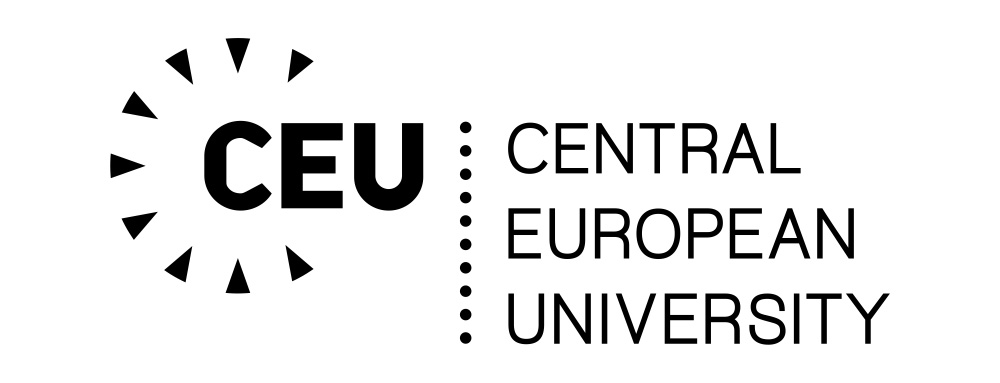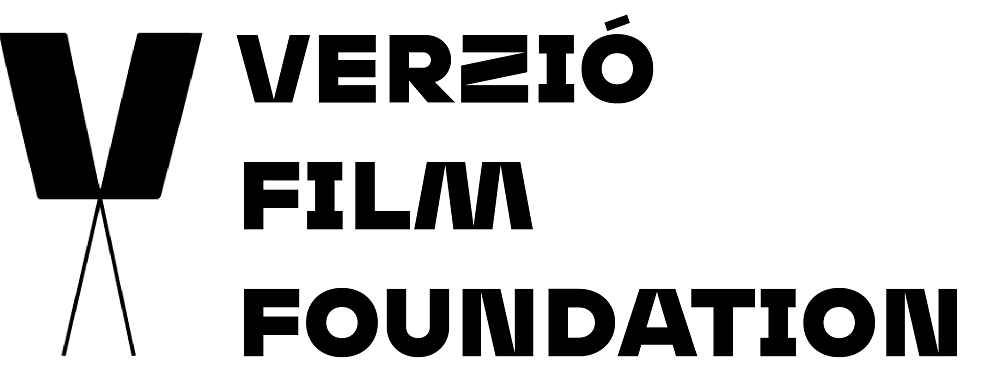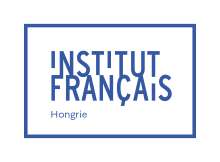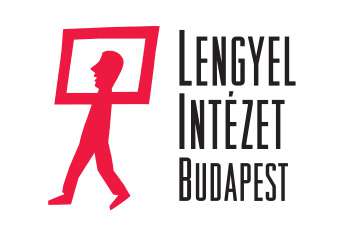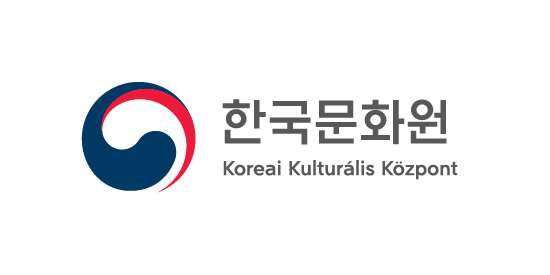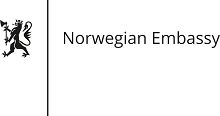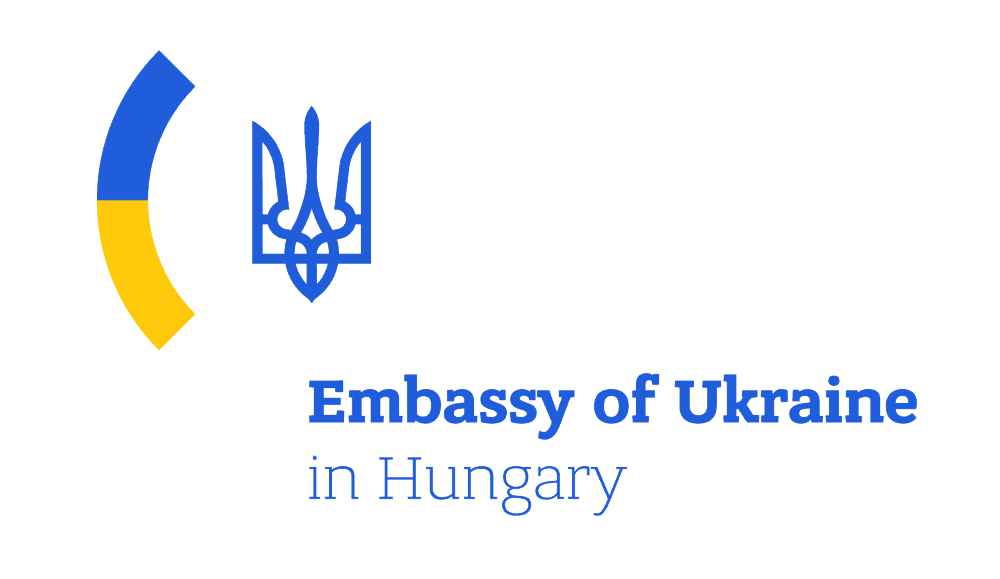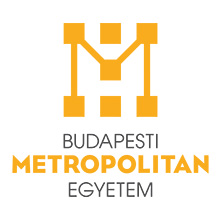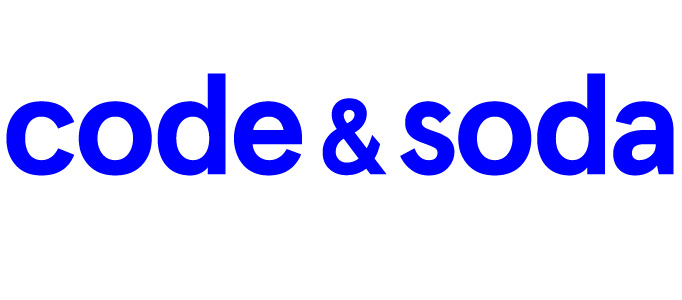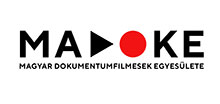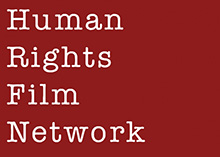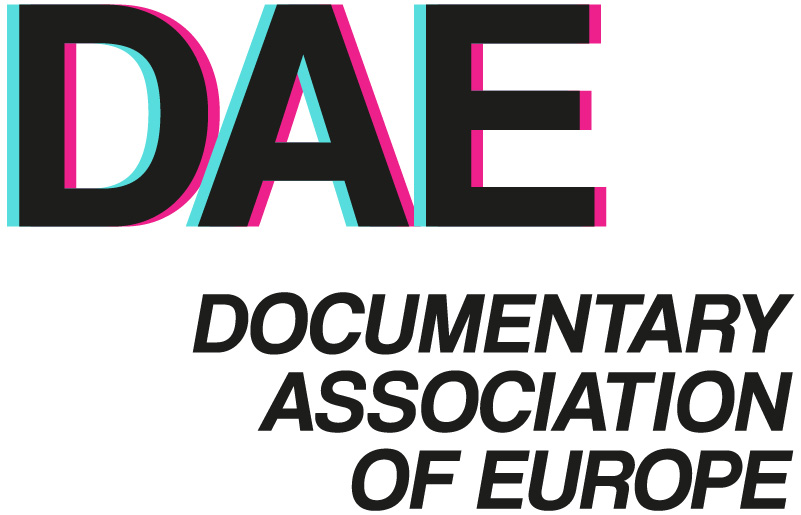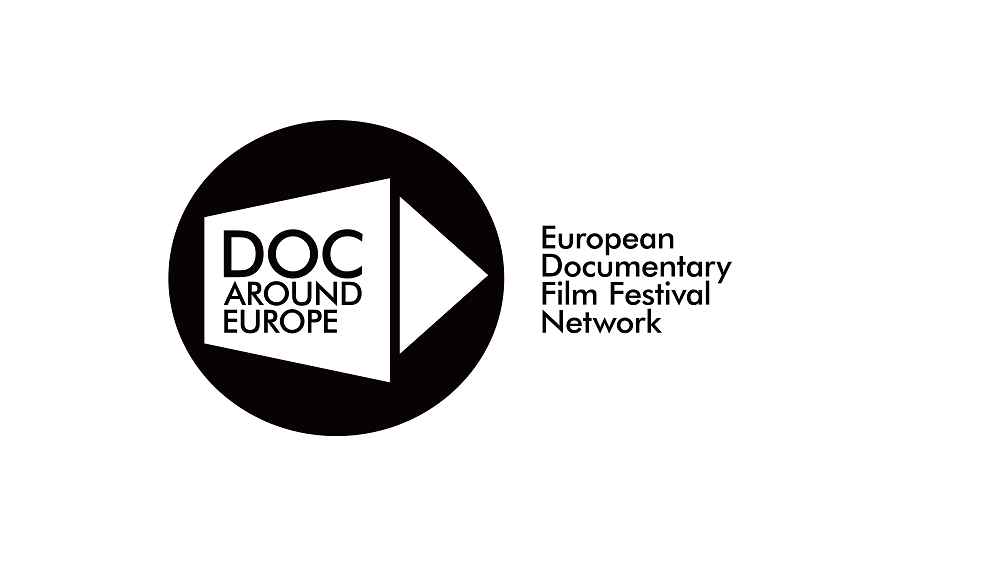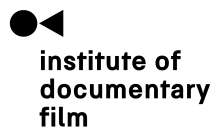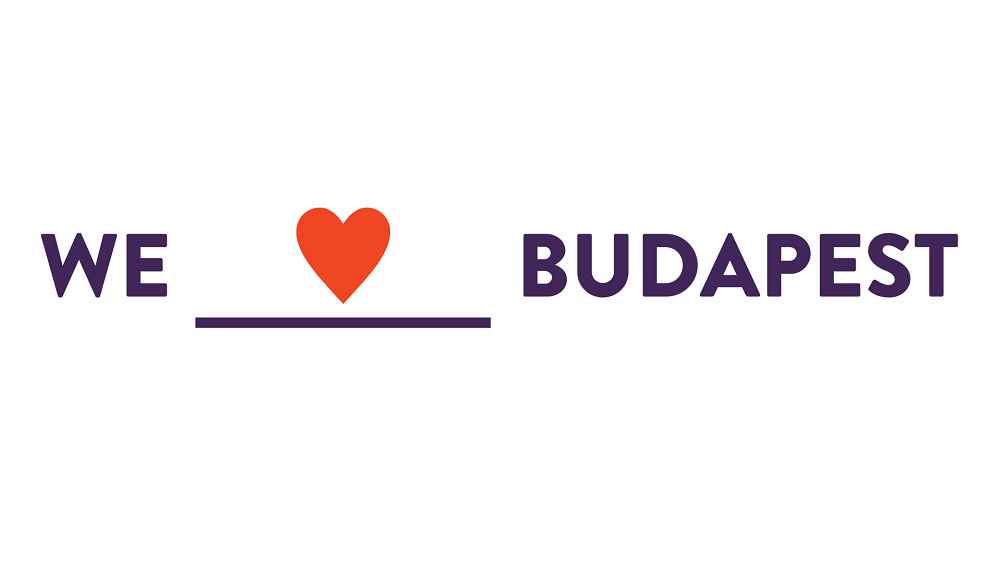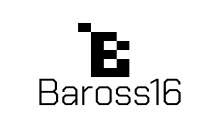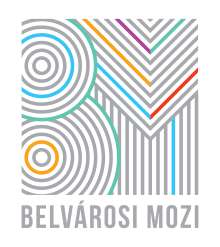Archive as a device in personal documentary (Fragile Memory)

Igor is capturing an intimate relationship between himself and his grandfather, while questioning the relation between memory and forgetting. Lisa French argues that documentary films represent the filmmaker’s view or mediation on something that actually occurred [1] and this essay will talk about Igor’s directorial and editing decisions that prove this claim.
Archive photographs and footage make the most powerful device used in this film. Using them, the filmmaker from the beginning clearly marks the mode of the film as participatory. Throughout the film archive footage is used like a metaphor for the memories. At first, Igor shows us footage from his childhood accompanied with his voice over, painting the relationship between him and his grandfather. It is clear that when choosing his profession, the young filmmaker was influenced by his grandfather, Leonid Burlaka, a famous Soviet cinematographer. As we see in Fragile Memory, Igor was attending sets on which Leonid worked and oftentimes was the subject of his private collection of videos and photographs. They still have conversation about filmmaking and Igor is trying to learn more about his grandfather despite his illness. Igor finds old negative film rolls in Leonid’s shed that spark his curiosity to learn more about his grandfather’s younger days. Unfortunately, the only person who has the answers to his questions suffers from fragile memory. It sets them on a shared journey to remember/discover the past. The newly found archive becomes the main material in investigating the thin line between memories and forgetting. They represent the reality that needs to be rediscovered. As Leonid struggles to remember details of various encounters on his photographs, Igor’s perspective on them becomes the one that we absorb. He even connects the dots for us and makes a clear comparison between the old films with melted emulsion to Leonid’s memories. Small parts are falling apart, and they can’t be restored.
Igor uses the editing technique of split-screen to show Leonid’s immediate reactions to the photographs that he and his wife are looking at. He combines the photograph on one side with a close up of Leonid’s face on the other, investigating it and struggling to remember, sometimes like he sees them for the first time. This way we are present with them while Leonid expresses his emotions towards the shots as if they were somebody else’s. Igor’s grandmother helps to recall some of the events. However, it is not enough for him, and the archives lead him to next stop in his journey where he meets a daughter of Leonid’s friend and coworker, discovering even more archive photographs of his grandfather. The filmmaker uses editing as a way to draw the parallel between archives and memories. He does this by playing with editing tempo as well. He edits a variety of photographs very fast accompanied by the joyful music when describing his childhood and relationship with his grandfather. On the other hand, tempo is slower with more depressing music when he conveys Leonid’s forgetfulness. The filmmaker builds the rhythm of the film by putting together past through the archives: personal photographs and videos, and his films; with present through conversations with his grandfather, not necessarily about the filmmaking. These scenes of everyday life, e.g. when they are making tea together, depict more clearly his state and separates it from just not remembering small details due to old age. Structuring the film between archive material and the mundane moments represents the state of Leonid’s memory even blurrier.
The way that the archive materials were used in Fragile Memory adds authenticity to the concept of a personal documentary. They carry out the themes and emotions, as well as the metaphor of the destroyed archives being Leonid’s memory. Even Igor himself says that he feels that these photographs and videos are more valuable to Leonid than the films that he had made. The heaviness of the theme and Leonid’s illness is transferred to the audience through them, much more than it would be the case in a talking heads documentary. Archive photographs communicate on their own with the protagonists, as well as with the audience. This is accomplished by creative editing decisions depicting a unique perspective of a filmmaker Igor Ivanko on the recollections of his grandfather.
Mateja Raičković
ELTE BTK Film Studies
[1] French, Lisa (2021). “Part I: Women’s Documentary Practice, Theory and Histories”. In: French, Lisa: The Female Gaze in Documentary Film: An International Perspective. Springer International Publishing. p. 4.
